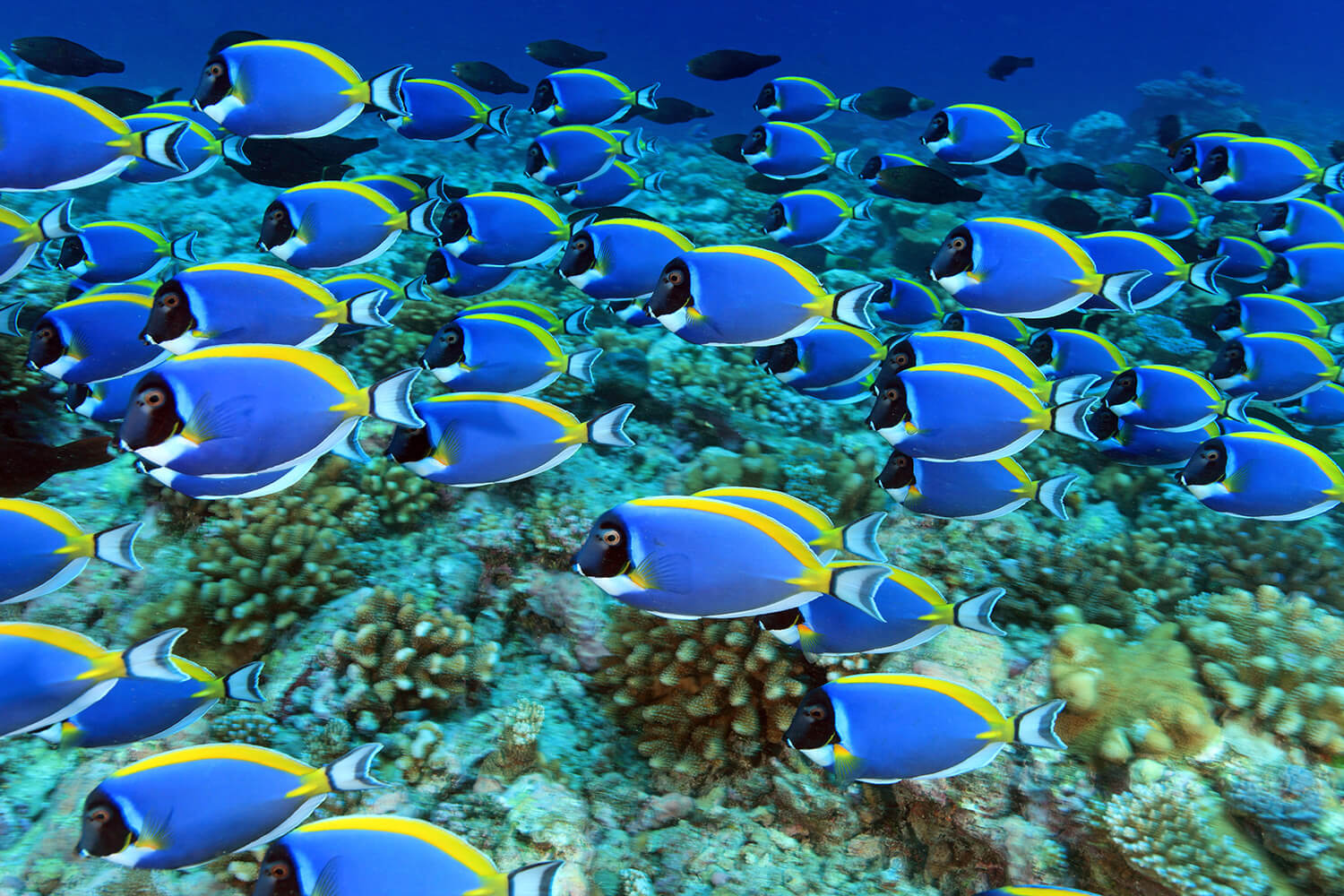Blog

Marine populations and communities
- by Cindy
-
in Blog
-
Hits: 3060
Do you know the difference between population and communities?
When we speak about marine life, ecosystems, and different topics, we usually use terms of communities and population. But do you really know what are they?
A population is a group of organisms of the same species, that can interbreed and produce fertile, viable offspring. For example, dolphins.
A community is a group of different species living at the same place and at the same time.
Communities and populations interact with each other all the time. It is essential to keep the right balance in the ecosystems. When we speak about interactions between organisms of the same species, we call it “interaction” (IE between tunas) and when we speak about interaction between populations of different species, we use the term “interspecific interaction” (IE orcas with seals).
All the different interactions are vitals. Due to these interactions, the organisms involved can be harmed, protected, or not affected. When we have close relationships between two or more species we speak about symbiotic relationships.
These close relationships can be classified in 4 groups: mutualism when both benefits from it (clownfish and anemone). Commensalism, when one of the specie benefits and the other one is not affected (remoras on rays). Parasitism, when one benefits and the other one is harmed (isopod on fish tongue).
Comments
- No comments found




Leave your comments